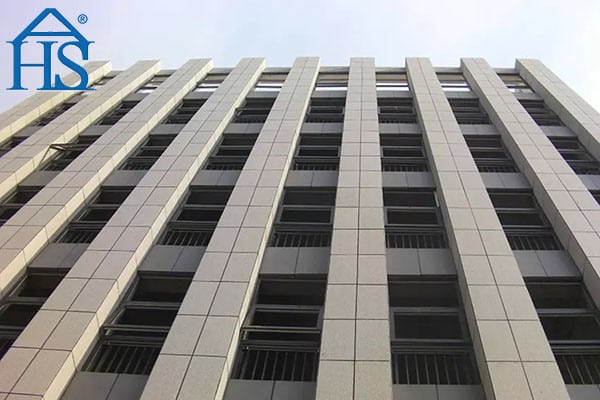Silica fume, also known as microsilica or condensed silica fume, is a byproduct of the silicon and ferrosilicon alloy production process. It is a highly reactive pozzolan and a finely divided material, with particles approximately 100 times smaller than cement particles. The unique properties of silica fume make it an invaluable addition to concrete mixtures, enhancing various performance aspects.
Benefits of Silica Fume in Concrete
Improved Strength
The incorporation of silica fume in concrete significantly increases its compressive, tensile, and flexural strengths. This enhancement is attributed to the pozzolanic reaction between silica fume and calcium hydroxide, which results in the formation of additional calcium silicate hydrate (CSH) – the primary strength-producing component in concrete.
Enhanced Durability
Silica fume increases concrete’s resistance to chemical attacks, abrasion, and freeze-thaw cycles. This improvement in durability is due to the densification of the microstructure and reduced permeability resulting from the addition of silica fume.
Reduced Permeability
Silica fume-filled concrete exhibits a decrease in permeability, protecting it against aggressive substances like chloride ions, which can lead to reinforcement corrosion.
Improved Workability
Though the addition of silica fume may initially reduce the workability of concrete, the use of appropriate admixtures and proper mix design can mitigate this effect and yield a highly workable and pumpable mixture.
Guidelines for Using Silica Fume in Concrete
Dosage
The recommended dosage of silica fume ranges between 5% and 15% by weight of cementitious materials. The specific dosage should be determined based on the desired performance characteristics of the concrete.
Mix Design
When incorporating silica fume, adjustments may need to be made to the concrete mix design. It may require the use of superplasticizers or other admixtures to maintain workability.
Mixing Procedure
To ensure uniform dispersion of silica fume throughout the concrete mixture, it should be added to the mixer separately or blended with cement before adding other components.
The Dos and Don’ts of Mixing
- Do pre-wet the silica fume to avoid clumping and ensure even distribution.
- Don’t add silica fume to dry concrete mixtures.
- Do use a high-range water reducer to maintain workability.
Curing
As silica fume tends to increase the early-age strength development of concrete, proper curing is crucial. Ensure that the concrete is adequately moistened and protected from extreme temperature variations during the curing process.
Common Applications of Silica Fume in Concrete
For structures requiring high-strength concrete, such as high-rise buildings, bridges, and tunnels, silica fume is an essential component.
Marine Structures
Due to its low permeability and increased resistance to chloride ion penetration, silica fume is ideal for concrete used in marine structures like piers, jetties, and offshore platforms.
Industrial Floors
Silica fume’s ability to improve abrasion resistance makes it a suitable choice for industrial floors subjected to heavy traffic and wear.
Restoration
In concrete repair and restoration projects, silica fume can enhance the bond strength between new and old concrete, improving the overall performance and longevity of the repaired structure.
The addition of silica fume to shotcrete improves its adhesion, cohesion, and pumpability, making it an excellent choice for tunnel linings, slope stabilization, and other applications requiring sprayed concrete.
Pre-stressed Concrete
Silica fume enhances the durability and strength of pre-stressed concrete elements, making them more resistant to the effects of long-term loading and environmental conditions.
Precautions and Safety Considerations
When working with silica fume, it is essential to adhere to specific safety guidelines:
Personal Protective Equipment (PPE): Always wear appropriate PPE, including gloves, safety goggles, and a dust mask, to prevent contact with silica fume.
Handling: Handle silica fume carefully, and avoid creating dust clouds during the transfer and mixing process.
Storage: Store silica fume in sealed, dry containers or silos to prevent contamination and moisture absorption.
Disposal: Dispose of silica fume waste according to local regulations and guidelines, ensuring that it does not contaminate the environment.
Conclusion
The Guide for the Use of Silica Fume in Concrete has shown us that this incredible material can revolutionize the way we approach concrete construction. By incorporating silica fume into our projects, we can achieve stronger, more durable, and longer-lasting structures that stand the test of time.
Remember, the key to success with silica fume in concrete lies in understanding its properties, following best practices, and adhering to recommended dosages. With the knowledge gained from our Guide for the Use of Silica Fume in Concrete, you’ll be well on your way to optimizing your construction projects and reaping the benefits of this remarkable material.





